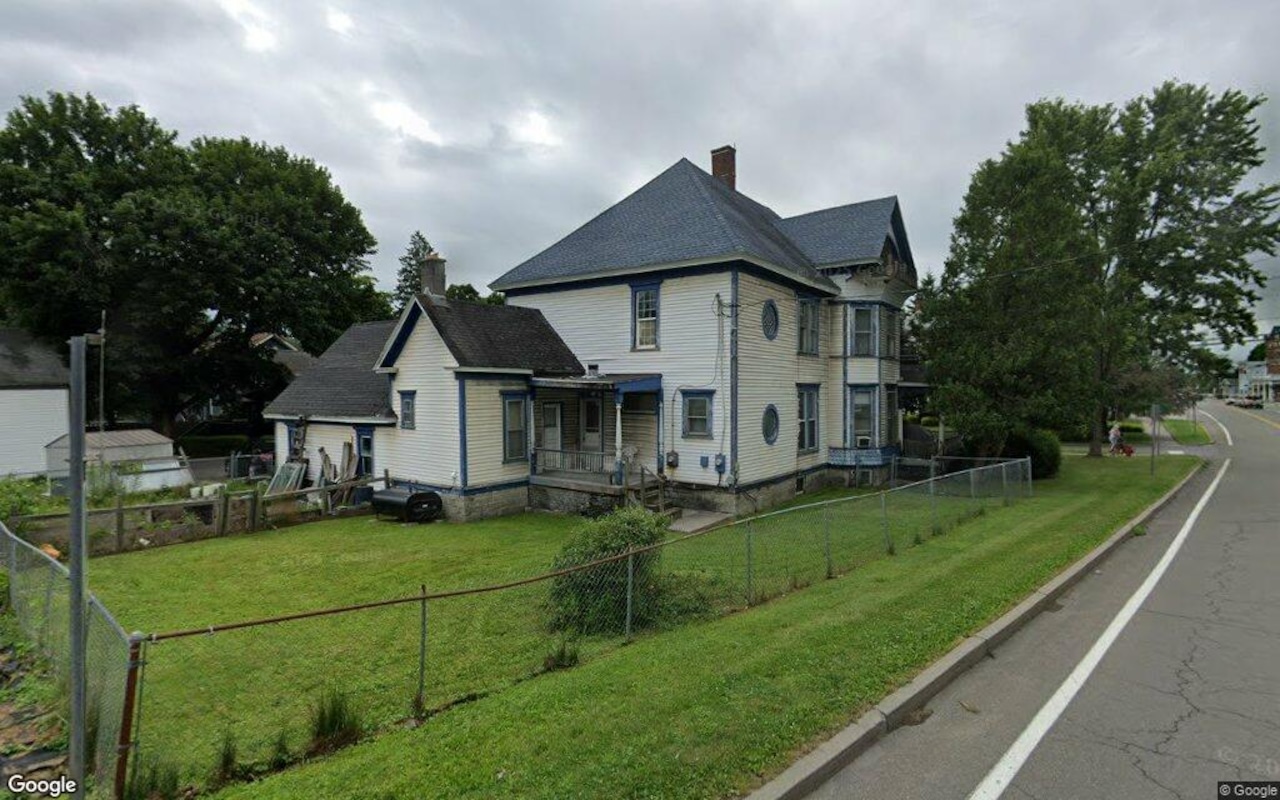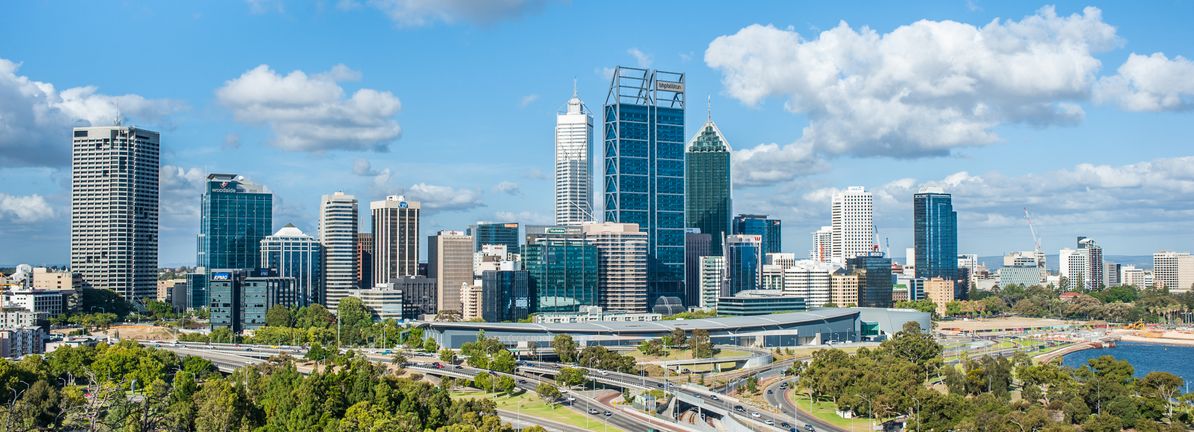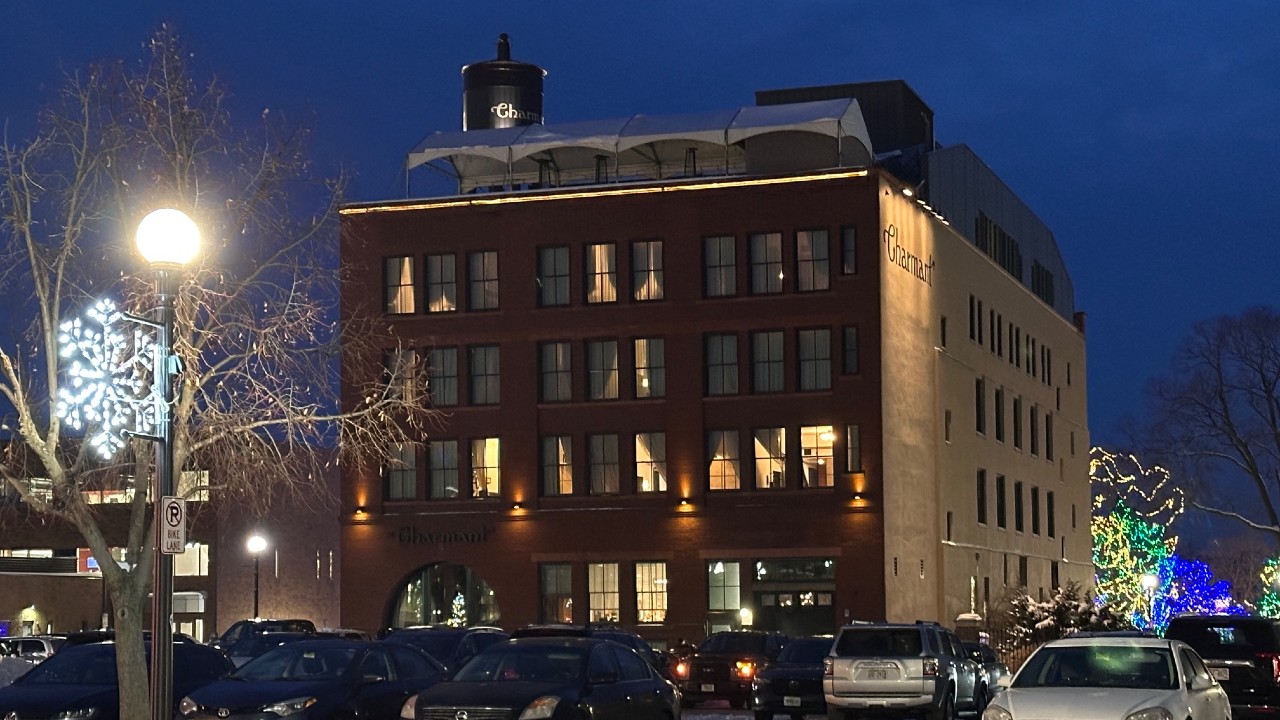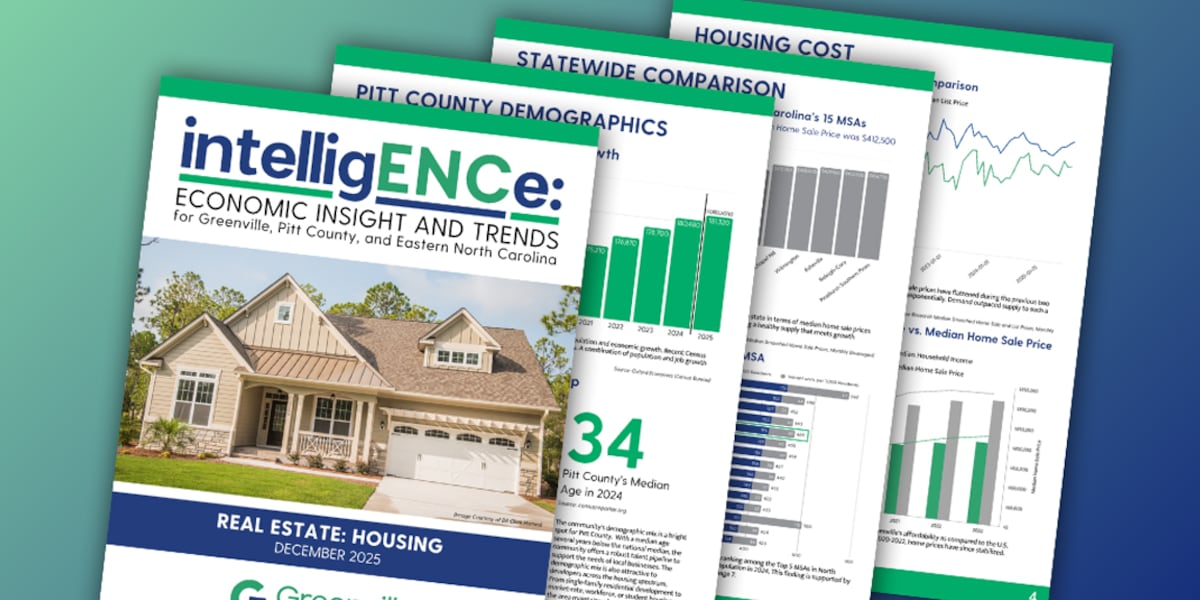S
ince the Walton‑Penner takeover in 2022, the Broncos have been weighing options for a new stadium. Rumors placed potential sites in Lone Tree, Aurora, Wheat Ridge, and Commerce City, but the team’s current lease at Empower Field runs out in 2030. On September 9 2025, the franchise announced its chosen location: Burnham Yard, a 58‑acre former Union Pacific railyard just south of downtown Denver that the state bought in 2021 for $50 million. The decision has drawn intense scrutiny from fans, business leaders, and legal experts, as the project could reshape the city’s core and raise complex land‑use and economic‑development questions.
Over the past year, the ownership group has snapped up more than ten parcels around Burnham Yard for over $146 million, using LLCs to pay cash at prices above market value under nondisclosure agreements. Denver Water has also been purchasing nearby properties, prompting fears that eminent domain could be leveraged indirectly to secure the site. Colorado’s post‑Kelo statutes limit condemnation for private projects unless a clear public use exists, so owners who believe the land is being targeted for the Broncos may pursue litigation.
Because Burnham Yard is state property, its transfer will involve negotiations with Colorado officials, including Governor Jared Polis, and must comply with procurement and transparency rules, especially if infrastructure support or tax incentives are offered. One of the acquired lots, bought from the Denver Housing Authority at 10th and Osage, carries a binding covenant: the developer must deliver 150 affordable units within one mile by 2027 and complete the project by 2031; failure to meet these terms allows the DHA to repurchase the land at a below‑market price. This clause underscores the growing expectation that stadium developments address equity and housing affordability.
The Broncos plan to make the new arena the centerpiece of a mixed‑use district featuring entertainment, retail, hospitality, and residential components—an approach mirrored by projects like Atlanta’s Battery and Los Angeles’s SoFi District. Real‑estate law will require zoning changes, development agreements, and long‑term lease structures to bring the vision to life.
A downtown stadium with a retractable roof would position Denver to host marquee events such as the Super Bowl, NCAA Final Four, and large‑scale concerts, boosting tourism, hospitality, and tax revenue while creating thousands of jobs. Public perception will hinge on the stadium’s tangible benefits and the fulfillment of its affordable‑housing commitment. Transparency, community engagement, and adherence to social promises will determine whether the project is seen as a civic asset or a corporate grab.
Thus, the Burnham Yard announcement is more than a sports headline; it is a landmark real‑estate and legal undertaking that will test Colorado’s land‑use policies, economic‑development strategies, and the need for early legal counsel in an evolving urban landscape.















